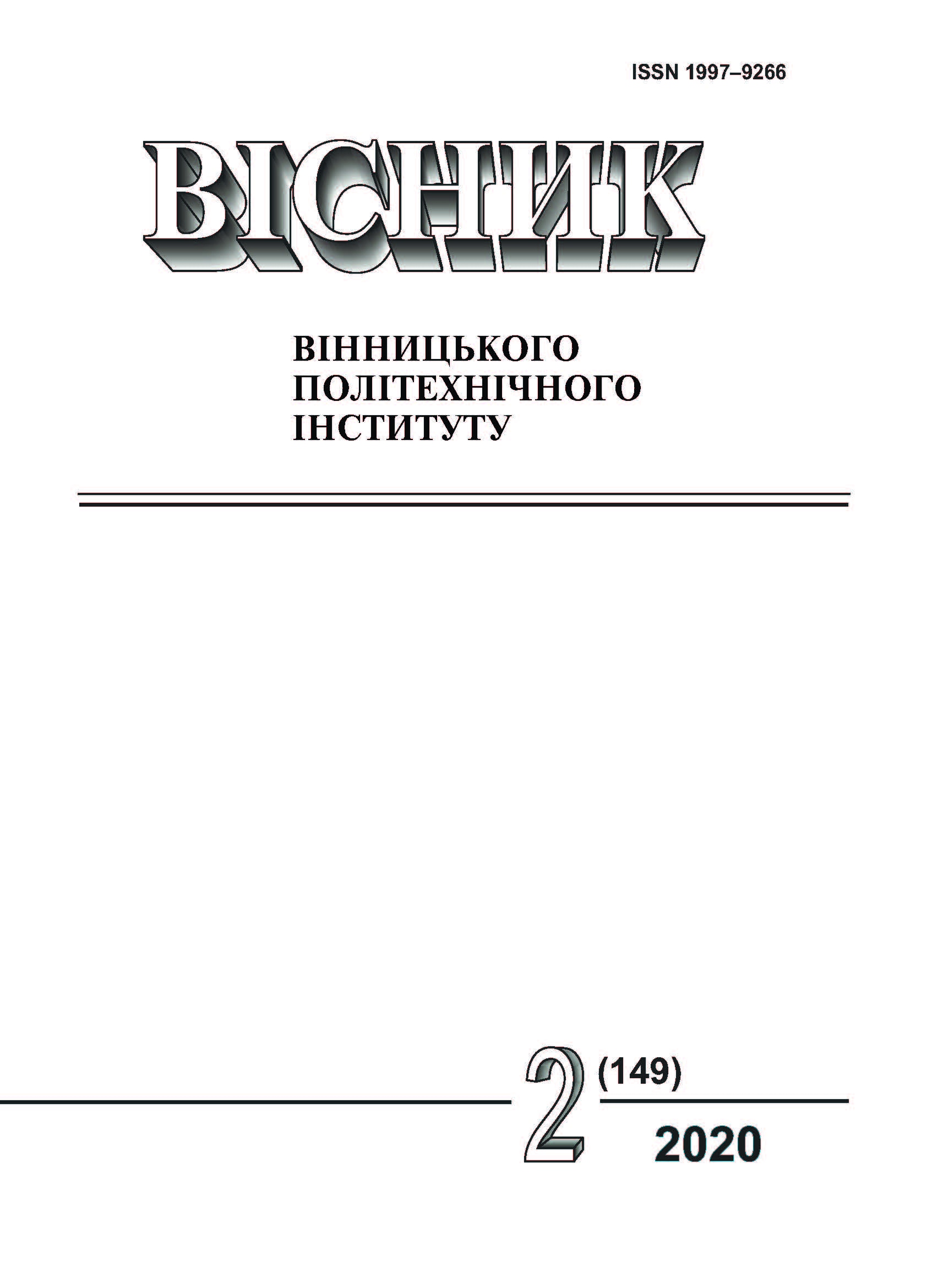Ways to Reduce Energy and Environmental Components in the Production of Autoclaw Air Concrete
DOI:
https://doi.org/10.31649/1997-9266-2020-149-2-20-26Keywords:
autoclave aerated concrete, performance properties, energy efficiency, thermal conductivityAbstract
The state policy of energy efficiency in the construction sector of Ukraine is investigated. The environmental effects of greenhouse gas emissions from the production of major energy-intensive building materials are shown. Also, the problem of energy resources reduction for hooting houses is analyzed. One of the most energy effective building materials is autoclaved aerated concrete. This material has the current trends of reduction of Ukraine’s energy dependency and environmental restrictions related to greenhouse gas emissions.
In Ukraine, the share of low-rise housing by analogy with developed countries of the world is increased. This tendency requires more quantity of wall materials, which are characteristics of higher indicators of energy efficiency.
The dynamics of autoclave aerated concrete production, as a modern energy efficient wall material in Ukraine, Belarus and the Russian Federation are presented. The basic tendencies of quality improvement and operational characteristics improvement of autoclaved aerated concrete are revealed (example of LLC “Aerok”).
The main approaches and recommendations for reducing the energy component in the production of autoclaved aerated concrete and cement are identified.
The data on the necessity of adaptation of the normative base of construction to the requirements of EU countries are given.
References
Мінрегіонбуд України, ДБН В.2.6-312016, Теплова ізоляція будівель. Київ, 2017. 37 с.
Е. С. Воронин, и др. «Мир в 2030 году: прогнозы американских экспертов (о докладе Национального разведывательного совета США «Глобальные тенденции 2030: альтернативные миры»),» Аналитические доклады ИМИ, вып. 3 (38). Москва, РФ: МГИМО-Университет, 2013, 36 с.
Гэвин Шмидт, НАСА ГИСС. [Електронний ресурс]. Режим доступу: https://www.latimes.com/environment .
В. А. Корзун, Зміни клімату: причини, прогнози, можливі наслідки для світової економіки. Москва, РФ: ІСЕМВ РАН, 2012, 61 с.
M. Schnejder, “Technology developments in the cement industry,” Cement International, № 1, pp. 2-12, 2015.
Г. И. Гринфельд, и А. А. Вишневский, «Опыт производства и применения ячеистого бетона автоклавного твердения. Производство автоклавного газобетона в России и вызовы его широкому применению,» в матер. 10-й Международной науч.-практ. конф. Минск, Могилев 29-31 мая 2018 г., с. 28-32.
Мінрегіонбуд України, ДСТУ Б В.2.7-45:2010 Бетони ніздрюваті. Загальні технічні умови. Київ, 2010.
В. Р. Сердюк, і Д. Г. Рудченко, «Алюмінієві газоутворювачі в технології виробництва ніздрюватого бетону,» Сучасні технології, матеріали і конструкції в будівництві, № 1 (18), с. 39-46, 2015.
С. Б. Беланович, Н. П. Сажнев, и С. Л. Галкин, «Неармированные ячеисто-бетонные изделия,» Строительные материалы, № 4, с. 77-82, 2013.
Е. И. Шмитько, А. А. Резанов, и А. А. Бедарев, «Мультипараметрическая оптимизация структуры ячеистого силикатного бетона,» Инженерно-строительный журнал, № 3, с. 15-23, 2013.
Е. И. Барановская, и А. А. Мечай, «Технология высокопрочного ячеистого бетона,» Весь бетон, № 3, с. 26-30, 2011.
Т. А. Ухова, и Л. И. Тарасова, «Ячеистый бетон – эффективный материал для однослойных ограждающих конструкций жилых зданий,» Строительные материалы. TECHOLOGY, № 11, с. 19-20, 2003.
Downloads
-
PDF (Українська)
Downloads: 273
Published
How to Cite
Issue
Section
License
Authors who publish with this journal agree to the following terms:
- Authors retain copyright and grant the journal right of first publication.
- Authors are able to enter into separate, additional contractual arrangements for the non-exclusive distribution of the journal's published version of the work (e.g., post it to an institutional repository or publish it in a book), with an acknowledgment of its initial publication in this journal.
- Authors are permitted and encouraged to post their work online (e.g., in institutional repositories or on their website) prior to and during the submission process, as it can lead to productive exchanges, as well as earlier and greater citation of published work (See The Effect of Open Access).





